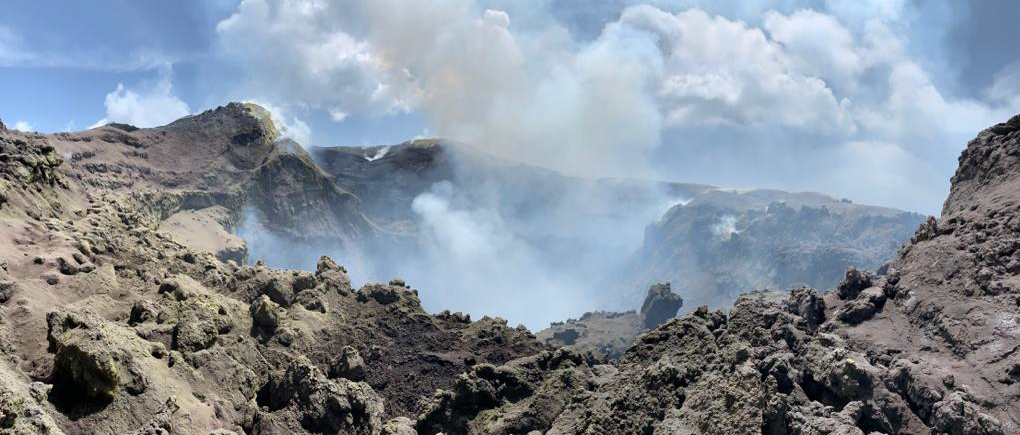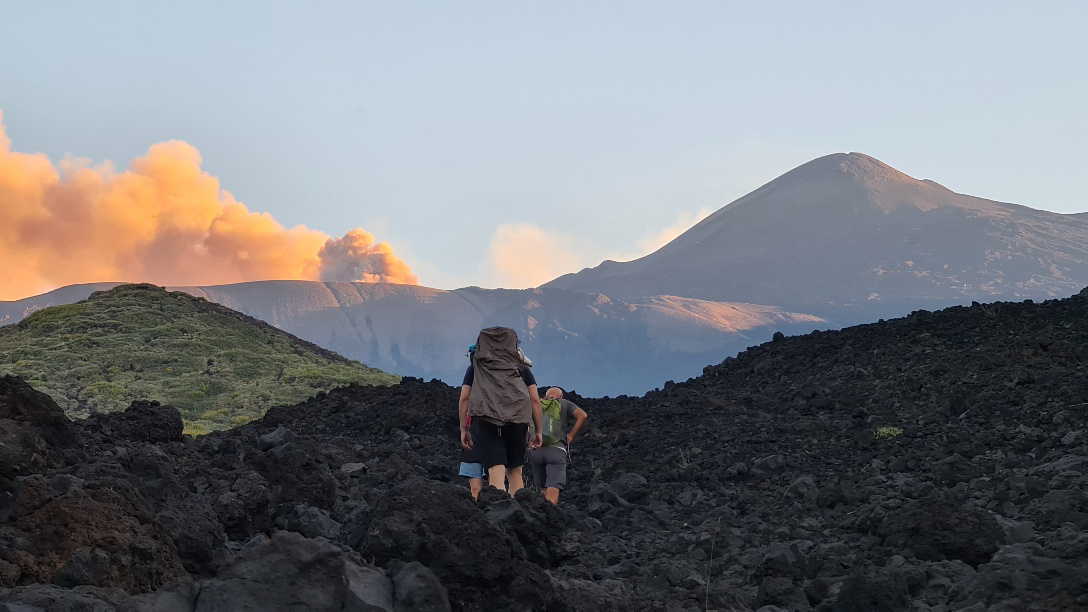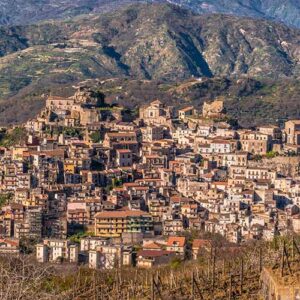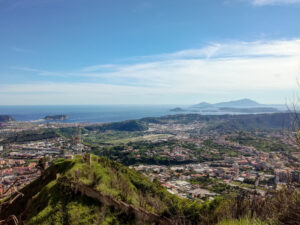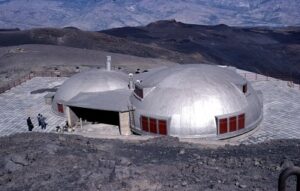Etna Wines Through the Years
Mount Etna, Europe's highest active volcano, has a rich and storied history of winemaking that dates back thousands of years. This report delves into the evolution of Etna wines, examining their historical roots, the revival of viticulture on the volcano, the unique characteristics of the wines, and the modern developments that have positioned Etna as a significant player in the global wine industry.
Historical Roots of Etna Wines
The history of winemaking on Mount Etna can be traced back to ancient times. The Phoenicians were among the first to establish viticulture in the region, and during the Roman Empire, Etna was considered a prestigious wine production zone. The volcanic slopes provided a unique terroir that was highly valued for its distinct flavor profiles and longevity.
Early Beginnings
In the early days, winemaking techniques were rudimentary, relying heavily on the natural environment. The fertile volcanic soil, rich in minerals, and the microclimate created by the altitude of Mount Etna contributed to the unique qualities of the wines. However, the region faced a long period of neglect due to economic challenges and political instability, which led to a decline in wine production.
Renaissance of Etna Wines
The renaissance of Etna wines began in the late 20th century, driven by a new generation of winemakers dedicated to reviving the ancient traditions. These modern pioneers, often from local agricultural families, invested in the land and embraced both traditional and innovative winemaking techniques. By the early 2000s, the efforts of these winemakers started to bear fruit, and Etna wines began to gain recognition on the international stage.
The Revival of Etna Viticulture
The revival of Etna viticulture can be attributed to a combination of factors, including the commitment of local winemakers, the adoption of indigenous grape varieties, and the unique characteristics of the volcanic terroir.
Pioneering Winemakers
Trailblazing winemakers arrived on the northern slopes of Etna, which had been largely abandoned. Estates like Benanti and Murgo played crucial roles in reviving family properties in the east and southeast, focusing on quality over quantity. These pioneers brought attention to the potential of Etna's indigenous grapes, particularly Nerello Mascalese and Carricante.
Indigenous Grape Varieties
The focus on indigenous grape varieties has been central to the revival of Etna wines. Nerello Mascalese, a late-ripening red grape, and Carricante, a white grape known for its high acidity and citrus notes, have become the flagship varieties of the region. These grapes, adapted to the volcanic soil and climate, produce wines with a distinct sense of place.
Unique Characteristics of Etna Wines
Etna's wines are distinguished by their unique terroir, which includes volcanic soils, high altitudes, and a particular climate. The volcanic soils impart a deep minerality to the wines, while the high elevations contribute to high-toned fruit flavors and vibrant acidity. The native grape varieties, such as Nerello Mascalese and Carricante, thrive in this environment, producing wines with a singular identity that is difficult to compare to other wines in the world.
Red Wines: Etna Rosso
Etna Rosso, predominantly made from Nerello Mascalese, captures the essence of the volcano's terroir. These wines are known for their pale color, powerful elegance, and notes of pomegranate, sour cherry, and hibiscus, with savory and smoky undertones. The robust tannins and refreshing acidity make them versatile, suitable for both standalone enjoyment and pairing with hearty meals. As these wines age, their tannins soften, revealing complex, meaty, and leathery notes.
White Wines: Etna Bianco
Etna Bianco, crafted primarily from Carricante grapes, is a refreshing, dry white wine with zesty lemon and lime notes and a distinctive mineral backbone. These wines are vibrant and zingy, making them an ideal match for seafood dishes. The best bottlings of Etna Bianco age well for five to 15 years or more, developing complex flavors and aromas over time.
Modern Developments in Etna Winemaking
The early 21st century saw a boom in investment by established winemakers from across Sicily, Italy, and even California. This influx of investment and expertise led to the development of focused reds, rosés, and whites on the volcano's slopes. The Etna DOC, established in 1968, has seen updates to its regulations to further increase the quality and distinctiveness of its wines. For example, the yield of the Etna Rosso typology with the Additional Geographical Unit has been decreased, and the number of "Contrade" has increased.
Challenges and Resilience
Despite the progress, Etna's winemakers face challenges, such as the nearly disastrous 2023 vintage, where many producers lost a significant portion of their crop to downy mildew. This fungal infestation thrives in warm, humid conditions and can devastate vineyards. However, the resilience and dedication of Etna's winemakers continue to drive the region's success.
Innovations and Sustainability
Modern winemakers on Etna are also embracing sustainable practices to preserve the unique environment. Organic and biodynamic farming methods are becoming more common, and there is a focus on reducing the environmental impact of winemaking. These efforts not only protect the land but also enhance the quality of the wines.
Conclusion
Etna wines have undergone a remarkable transformation over the years, from ancient times to a modern renaissance. The unique terroir, indigenous grape varieties, and the dedication of passionate winemakers have positioned Etna as a significant player in the global wine industry. The region's wines, both red and white, are celebrated for their elegance, complexity, and distinctive character. As Etna continues to evolve, it remains a dynamic and fascinating wine region, capturing the hearts and palates of wine enthusiasts worldwide.
Frequently Asked Questions
What makes Etna wines unique?
Etna wines are unique due to the volcanic soils, high altitudes, and the use of indigenous grape varieties like Nerello Mascalese and Carricante. These factors contribute to their distinct minerality, high-toned fruit flavors, and vibrant acidity.
Who were the pioneers of the modern Etna wine revival?
Pioneering estates such as Benanti and Murgo were instrumental in the modern revival of Etna wines. They focused on reviving family properties and promoting indigenous grape varieties.
What are the main grape varieties used in Etna wines?
The main grape varieties used in Etna wines are Nerello Mascalese for red wines and Carricante for white wines. These grapes thrive in the volcanic soil and climate of Mount Etna.
How has the Etna DOC evolved?
The Etna DOC, established in 1968, has seen updates to its regulations to increase the quality and distinctiveness of its wines. Changes include reduced yields for certain typologies and an increase in the number of recognized "Contrade."
What challenges do Etna winemakers face?
Etna winemakers face challenges such as the impact of downy mildew, which devastated the 2023 vintage. However, their resilience and dedication help them overcome these obstacles.
Are Etna wines sustainable?
Many Etna winemakers are embracing sustainable practices, including organic and biodynamic farming methods, to preserve the unique environment and enhance the quality of their wines.

